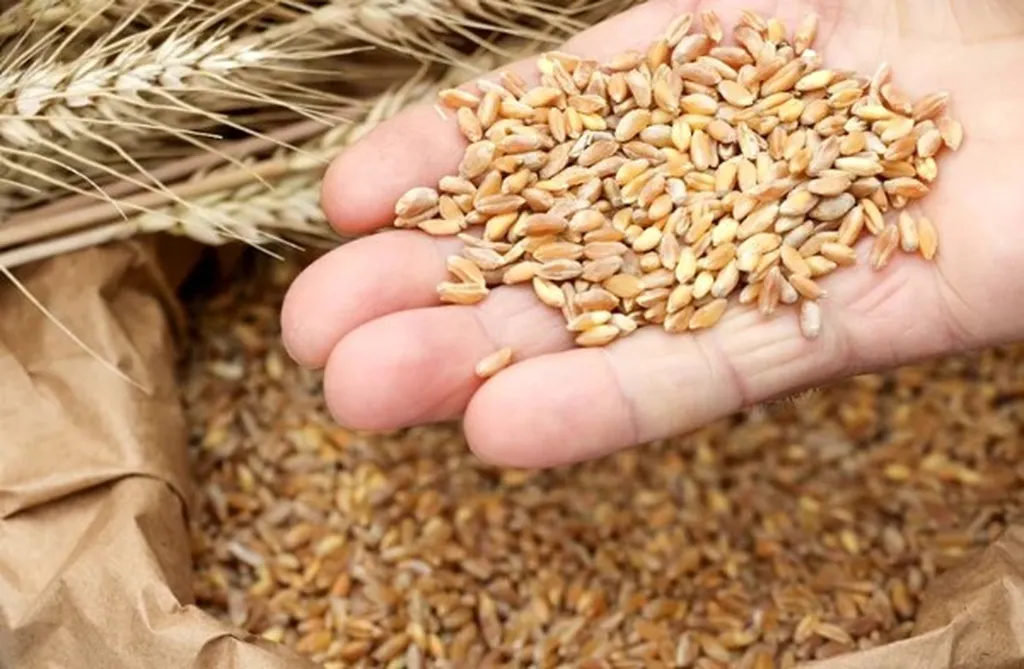In the heart of Spain, a treasure trove of genetic diversity is hidden within ancient wheat landraces, offering promising avenues for the future of wheat breeding. A recent study published in *Frontiers in Plant Science* has unveiled the breeding potential of these traditional varieties, highlighting their unique genetic makeup that could enhance wheat adaptation to diverse agro-climatic conditions.
The research, led by Estela Giménez from the School of Agricultural, Food and Biosystems Engineering at the Universidad Politécnica de Madrid, focused on the genetic variability in vernalization and photoperiod sensitivity of 188 Spanish bread wheat landraces. These traits, crucial for flowering time and grain filling, were compared to 28 modern cultivars to understand their impact on wheat production.
Giménez and her team analyzed genetic variation at key loci, including VRN-A1, VRN-B1, PPD-A1, PPD-B1, PPD-D1, EPS-A1, EPS-D1, and WAPO-A1. Their findings revealed distinct genetic diversity patterns between landraces and modern cultivars. “The absence of spring alleles at VRN1 loci was necessary for a winter growth habit,” Giménez explained, underscoring the importance of these genes in determining wheat’s response to environmental cues.
The study found that dominant alleles from the VRN1 gene (Vrn-A1a, Vrn-A1b, Vrn-B1a) and photoperiod-insensitive alleles from the PPD1 gene (Ppd-B1a, Ppd-D1a) consistently promoted early heading and flowering. However, the Ppd-D1b allele, classified as photoperiod-insensitive, exhibited delayed flowering, suggesting a more nuanced role for this allele in wheat phenology.
One of the most intriguing findings was the potential role of the WAPO1 gene in flowering regulation, a discovery that could open new avenues for wheat breeding. “While allelic variation at the EPS1 locus had no significant impact on phenology, our results suggest a potential role for WAPO1 in flowering regulation,” Giménez noted.
The commercial implications of this research are substantial. Wheat breeders can leverage the genetic diversity within Spanish landraces to develop cultivars better adapted to changing climatic conditions. This could lead to improved yields, enhanced resilience, and greater stability in wheat production, benefiting farmers and the agriculture sector as a whole.
As the global population continues to grow, the demand for wheat is expected to rise. The insights gained from this study could be instrumental in meeting this demand by optimizing flowering time and improving wheat adaptation to complex agro-climatic conditions. “Our findings highlight the genetic diversity within Spanish wheat landraces, offering valuable genetic resources for optimizing flowering time and improving wheat adaptation,” Giménez concluded.
This research not only sheds light on the genetic potential of Spanish wheat landraces but also underscores the importance of preserving and studying traditional varieties. As the agriculture sector faces the challenges of climate change and food security, the genetic diversity within these ancient wheat varieties could prove to be a valuable resource for the future.

